План урока
Тема : «Food »
Коммуникативная ситуация: «All about food»
Цели : а) практический аспект (развитие навыков устной речи по теме«Еда» )
б) развивающий аспект (развитие умений работать творчески, самостоятельно,
в группах, учить детей делать презентации творческих проектов)
в) воспитательный аспект (стимулировать учащихся к самостоятельной работе,
развитие умений работать в коллективе)
г) общеобразовательный аспект (поддерживать интерес к предмету,
расширение кругозора)
Задачи : а) актуализировать изученный лексический материал
б) совершенствовать навыки устной речи
в) совершенствовать навыки восприятия речи на слух
Речевой материал : лексический и грамматический материал по теме «Еда»
Оснащение : карточки к заданиям, рисунки продуктов, творческие проекты
учащихся, мультимедийная презентация
Формы урока : а) фронтальная
б) индивидуальная
в) работа в группах
Этапы урока : I. введение в атмосферу иноязычного общения, ознакомление с
целями и задачами урока
II. презентации творческих проектов
III. Игра « Recipe Game»
IV. итог урока, домашнее задание, рефлексия.
I. T: - Good morning boys and girls. I’m glad to see you! Sit down, please.
Today at the lesson we’ll speak about food, your favourite products, recipes, table manners
T: - Let’s begin our lesson. Look at the screen. What kinds of food do we know?
Food: junk
flour
dairy
fruit and vegetables
meat
seafood
T: - Your task is : classify the following products.
II. T: - Today at the lesson I invited a guest from Moscow. This is a famous singer Andrew Makarevich and his program “Smack”
S: - Good afternoon dear friends! Today I’ll show you my favorite dish. It is the fish with vegetables. For it you must take fish, cut tomatoes, 2 onions, carrots, 1 pepper and an egg-plant. Then add salt, ketchup and mix everything. Put your pot on the cooker for 30 minutes and your fish will be ready.
For desert you can make toasts with a corn.
Have a good appetite!”
( после выступления А. Макаревич поет песню “ I cook the fish for you my dear”на мотив песни «Я пью за тех»)
Ss: - I cook the fish for you my dear
With fruits and vegetables
With ketchup, pepper and salt,
And I’ll be glad to cook
For you with pleasure,
You will be an eater,
And happy and healthy,
And dish you will find it.
T: - By the way… Do you know how should you set the table?
Ss: - The basic rule for cutlery, working from the outside in, we usually apply. For a meal with five courses in Britain, one would expect to see a small bread knife on the outside right, then a spoon; next to this is a fish knife, then a large table knife for meat or poultry, and last of all a dessert spoon.

Ss: - On the left would be a small fork for salads, next to this is a fish fork, then a large fork for meat or poultry and finally a dessert fork.
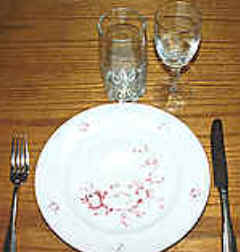
Ss: - Four glasses will normally be arranged at the top right-hand corner of each place setting. These are used in the opposite order to the cutlery. Working from inside out, you will find first a cherry glass (it served with the soup); next comes a small wine glass for white wine, then a large glass for red wine and finally a champagne flute (champagne accompanies the dessert). A large goblet for water may be placed behind these glasses.
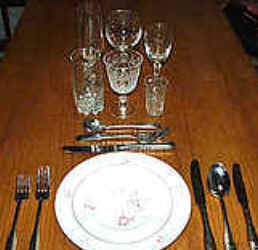
T: - And now we are ready to go to the restaurant.
( инсценировка «В ресторане»)
1 : - Excuse me, waiter!
Waiter: - Can I help you!
1: - A vegetable soup, a green salad and a piece of apple pie for me, please.
Waiter: - Anything else?
1: - M-m. Two kiwi ice-creams and some sweets.
Waiter: - What would you like to drink?
1: - Orange juice, please.
Waiter: - And for you?
2: - A vegetable soup, potato pancakes, you call them draniki, and some fruit.
Waiter: - Anything else?
2: - One chocolate ice-cream, please.
Waiter: - What would you like to drink?
2: - I would like a cup of tea, please.
Ss: - During the meal, hands should be kept clearly visible at all times, never on the lap. The fork should be in the left hand and the knife in the right. The utensils should never be switched.
Lay the knife and fork side by side across the plate to indicate you’ve finished. Crossing the utensils or positioning them on opposite sides of the plate sends the message that you wish to have more.
Ss: - How to use the napkin?
It is considered polite to unfold the napkin and lay it on his lap soon after sitting down.
You should take a napkin and clean your lips when it is necessary.
Put your napkin on the left when you’ve finished the food.
You put the napkin on the table only after the hostess.
Ss: - Table Manners:
• You should sit up straight.
• You shouldn’t eat with your fingers.
• You shouldn’t put your elbows on the table.
• You should put your dirty knife, spoon and fork on your plate.
• You shouldn’t talk with your mouth full.
• You shouldn’t lick your fingers.
• You should say “ Thank you “ after the meal.
T: - Let’s have a rest. Look at the blackboard. You see two envelopes : I like and I hate
Your task will be: - what products do you like?
- what products do you hate?
Put these cards into the envelopes.
T: - And now let’s listen to Vlad. His story is about fast food restaurants. What about manners in these restaurants.
Vlad:
S:- Fast Food
Fast food restaurant isn’t like an ordinary restaurant. There aren’t any waiters. You order your food at the counter and pay for it at the same time. You get your food in a bag or a box. There are no plates. There aren’t any knives, forks or spoons. You eat with your fingers. Drinks are all in paper or plastic cups. There are no saucers. You eat your meal. Then you throw all the bags, boxes and cups away.
Hamburgers are the world’s most popular fast food. You can buy a hamburger in almost every country in the world. Burgers are not very good for you.
Chips were invented in Belgium about a hundred years ago.
Ice-cream was invented by the Italians. A typical modern ice-cream has less than 1% of cream. But it tastes good, doesn’t it ?
Pizza was invented in Italy. It is not as bad as some fast food, but most pizzas have too much salt, and that is bad for you.
T: - And now let’s listen to Sasha. She tells us about English tea.
S: - English Sandwiches and English Tea
A lot of people in England eat sandwiches for their lunch. There are a lot of sandwich shops in London. You can buy all sorts of sandwiches in these shops. You can get meat sandwiches, or salad sandwiches, or meat –and –salad sandwiches. And you can get cheese, egg or fish sandwiches. You can even buy fruit sandwiches. Each sandwich has 2 thin slices of bread. You put butter and meat between the 2 slices. Lots of foreigners don’t like English sandwiches. They like the kind of sandwich we call a roll. Some foreigners don’t like English tea, either. English tea is very strong. The Englishmen drink a lot of tea. They drink it with lemon, we drink tea with milk, so it is called the Russian tea.
III.
RECIPE GAME
Choose the ingredients for each dish from the list below the table and write them into the corresponding cell, then write in all the steps one should follow to make each dish.
Впишите в среднюю колонку ингредиенты (Ingredients), необходимые для приготовления блюд, указанных в колонке Dish, а в правую колонку этапы приготовления данных блюд (Steps), выбрав их из списка внизу таблицы.
- Take these sheets of paper. Who has red colour come here and who has green colour come here.
Work in groups.
| Dish | Ingredients | Steps |
| Butter chicken | B | 1 B 4 B 7 A 2 A 5 C 8 B 3 C 6 A 9 A |
| Chocolate cake | C | 1 A 4 C 2 B 5 B 3 A |
| Vanilla ice-cream | A | 1 C 4 A 7 B 2 C 5 A 8 A 3 B 6 B |
INGREDIENTS:
A
100 g caster sugar, 4 egg yolks, 300 ml milk, 300 ml double cream, 2 vanilla pods.
B
2 chicken breasts, cut into chunks, 2 tbsp vegetable oil, 2 tbsp butter, 1 onion, chopped, ¼ tsp cinnamon, 1 tsp garlic, crushed, 1 tsp ginger, crushed, ½ tsp ground turmeric, 1 tsp chilly powder, 2 tbsp ground almonds, 220 g can of whole peeled tomatoes, 1 tbsp tomato paste, 1 tbsp natural yoghurt, 2 tbsp fresh coriander or spinach, chopped, salt, pepper
C
200 g caster sugar, 200 g softened butter, 4 medium eggs, beaten, 170 g self-raising flour, 30 g cocoa, 1 tsp baking powder, 2 tbsp milk, 200 ml double cream, 50 g butter, 3 tbsp clear honey, 200 g dark chocolate
Steps
Step 1
A
Heat oven to 190C/fan 170C/gas 5, 375F. Butter two 20cm (8 in) sandwich tins and line with non-stick baking paper.
B
Begin by seasoning the chicken with a generous sprinkling of salt and pepper.
C
Place the pan on a medium heat, add the milk and bring it to just under boiling point. Do not allow to over heat or it will spoil the sauce later on.
Step 2
A
Using a large frying pan, heat the vegetable oil and add the chicken.
B
In a large bowl, beat together 200g softened butter with 200g caster sugar, 4 eggs, 170g flour and 30g cocoa powder until you have a smooth, soft batter.
C
Place a damp towel on your work surface and put the bowl on top. Add the sugar and egg yolks and whisk together until thoroughly combined.
Step 3
A
Divide the mixture between the tins, smooth the surface with a spatula or the back of a spoon, then bake for about 20 mins until the top is a beautiful golden colour. The cake should spring back when you press it. Turn it onto a cooling rack and leave to cool completely.
B
When the milk has heated up pour it, little by little into the bowl of eggs and sugar, whisking all the time and transfer back to the pan.
C
Fry the chicken for 3-4 minutes until it turns a golden-brown colour.
Step 4
A
Place the pan back onto a medium heat and while continuously stirring, gently allow it to thicken, which should take about 3-5 minutes. Once thickened pour it back into the large bowl and set aside to cool down.
B
Take the chicken out of the frying pan and put it aside.
C
For the fudge frosting, heat 200ml double cream until it just begins to boil. Take it off the heat and add 50g butter, 3 tablespoons honey and 200g dark chocolate, which has been broken into pieces. Leave the mixture for five minutes so the chocolate melts, then stir it briefly to combine all the ingredients - don't over-mix it or it will lose its shine.
Step 5
A
Place both vanilla pods onto the chopping board and slice one lengthways. Split the pod open, scrape out the pulp onto the tip of your knife and transfer it to the bowl of cream.
B
Sandwich the cakes with a third of the just-warm frosting and spread the rest over the top and sides. Top with shaved or grated chocolate.
C
Use the same frying pan to melt the butter.
Step 6
A
Now add the onion and cinnamon and fry together in the pan.
B
Pour the mix into the ice cream maker and switch on the machine. Churn for roughly 20 minutes
Step 7
A
At this point add the crushed garlic, crushed ginger, turmeric, chilli powder, almonds, peeled tomatoes, tomato paste and the natural yoghurt. Stir all of the ingredients together and mix thoroughly.
B
After churning transfer the ice cream into some Tupperware. Place it the freezer until it sets.
Step 8
A
Scoop some ice-cream into a serving bowl, garnish with a hint of greenery and serve.
B
Bring the ingredients to a boil and stir for 4-5 minutes. Season with salt and pepper to taste.
Put the chicken back into the pan and combine with the other ingredients.
Step 9
A
To compliment the dish, add the coriander (or fresh spinach if you prefer) and mix with the sauce.
T: - Let’s check up. Look at the screen.
IV.
- Look at this sheets of paper. You see the names of different dishes. Choose the products which you need to
prepare your dish.
It is made from …
It is served with …
- Thank you for your job. Your marks for the lesson are …
- Open your record-books and write down your home task for the next lesson.
p.219, Unit 7
- Let’s have a rest and express your opinion about our lesson. Use this marker. You may draw or write.
- The lesson is over. Good-bye.

 Получите свидетельство
Получите свидетельство Вход
Вход



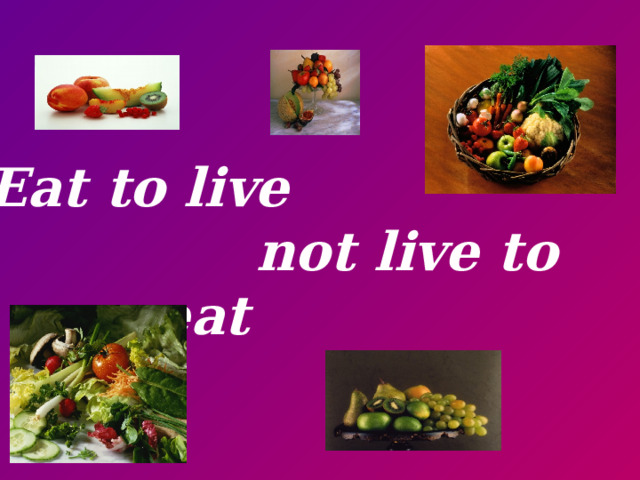
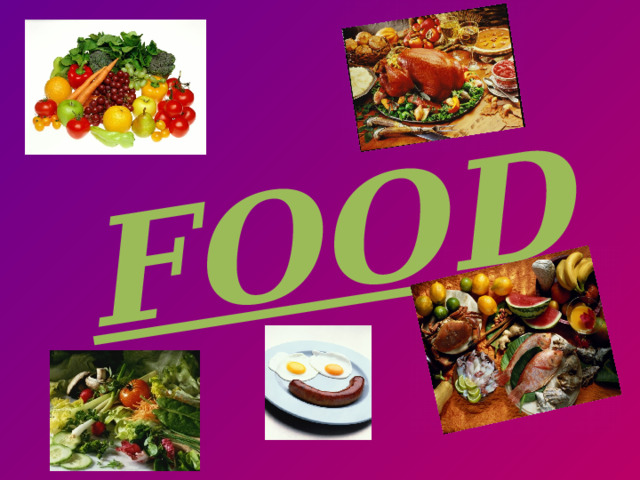
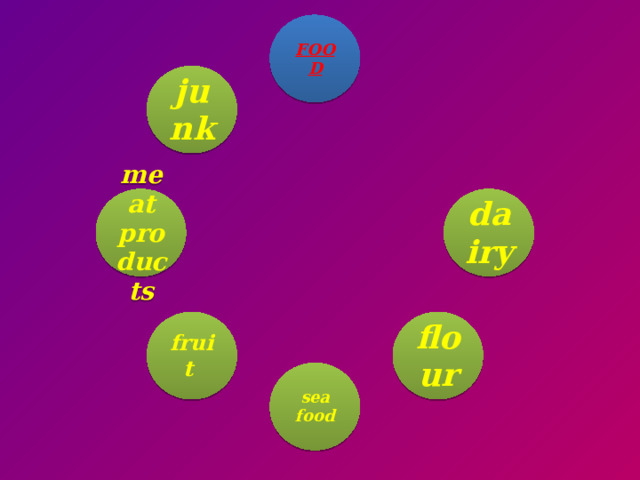
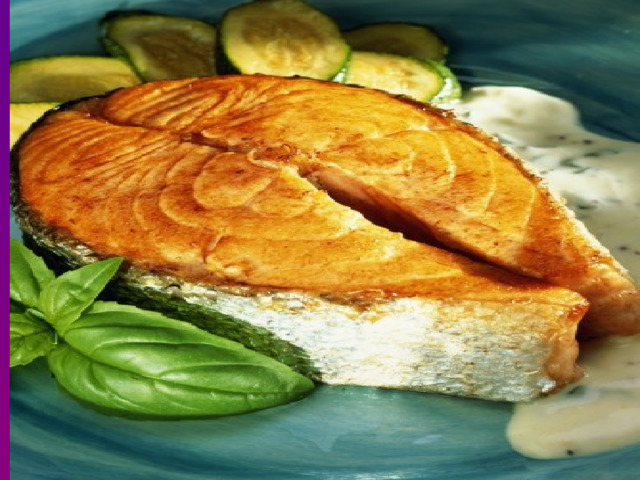
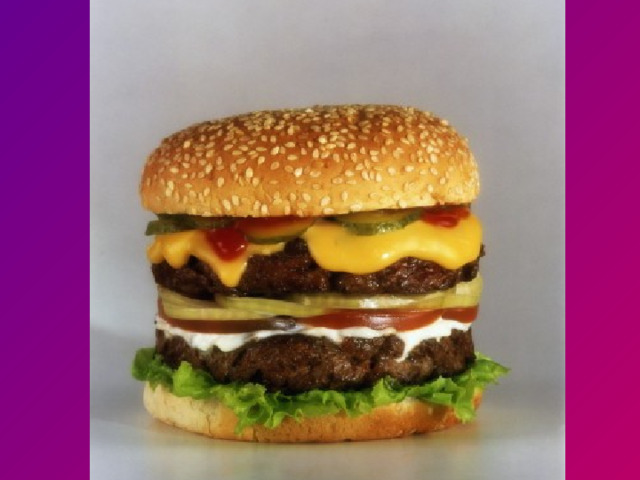

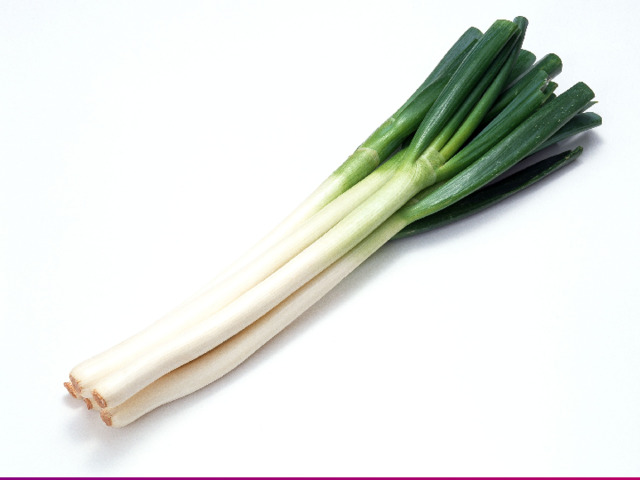
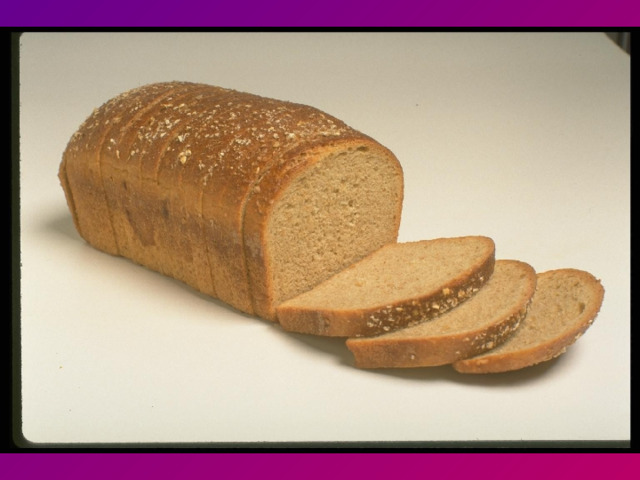
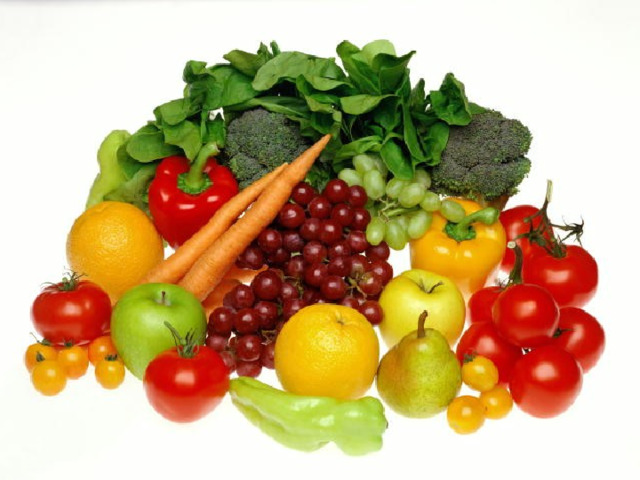
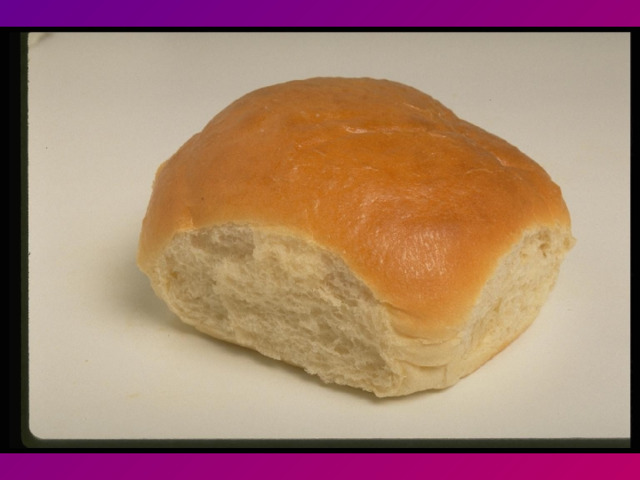
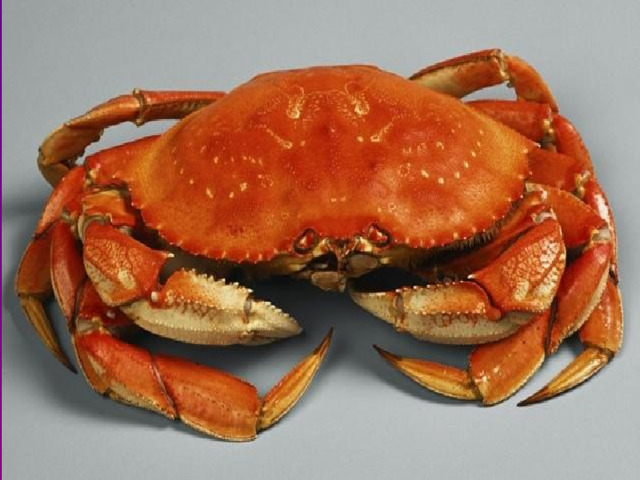
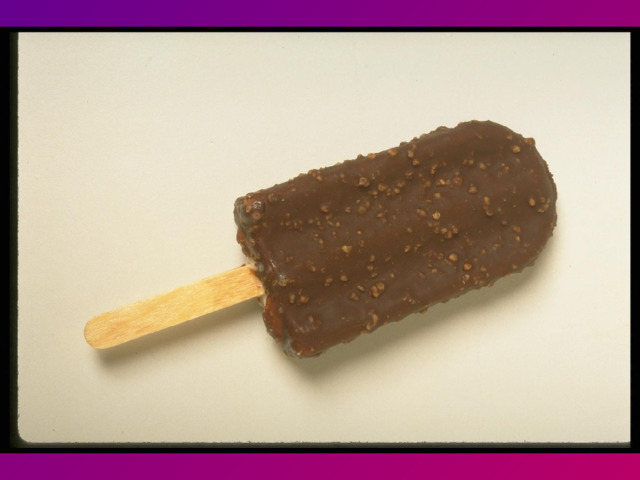
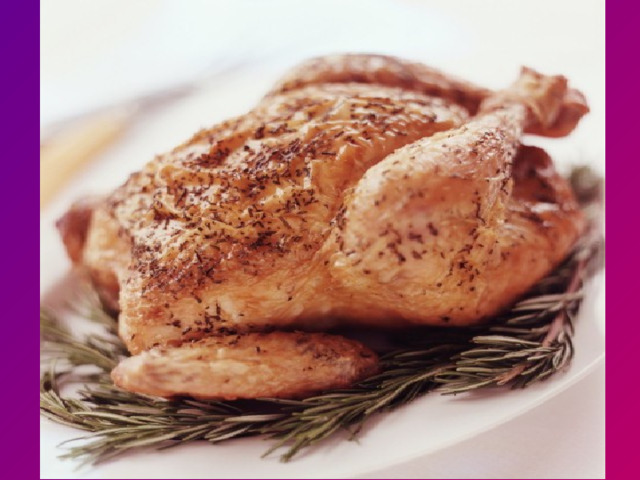
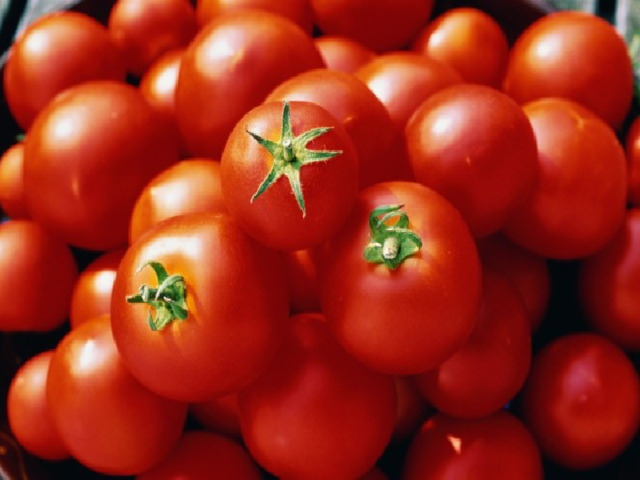

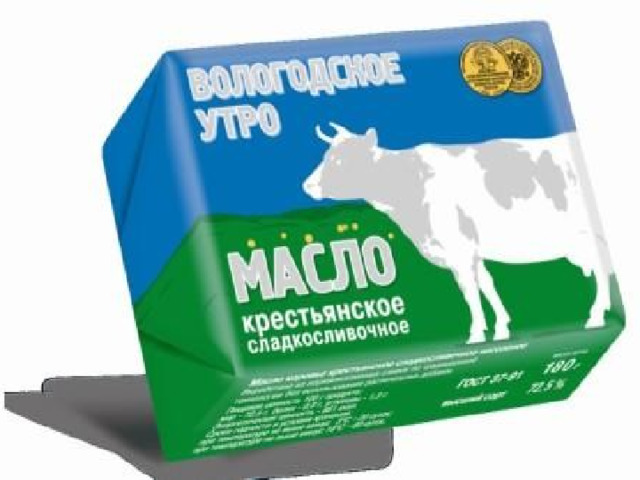

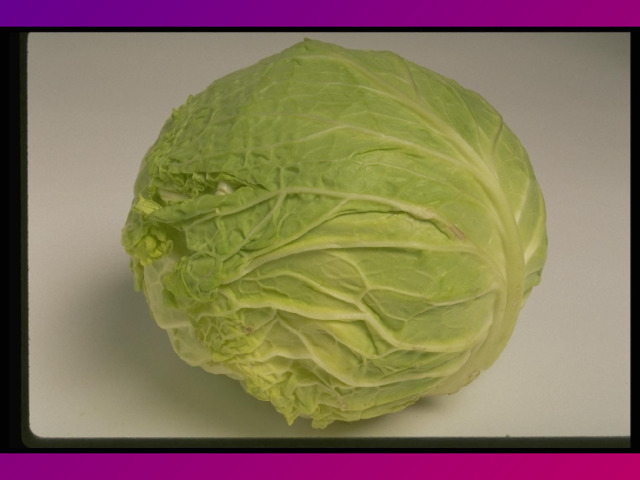
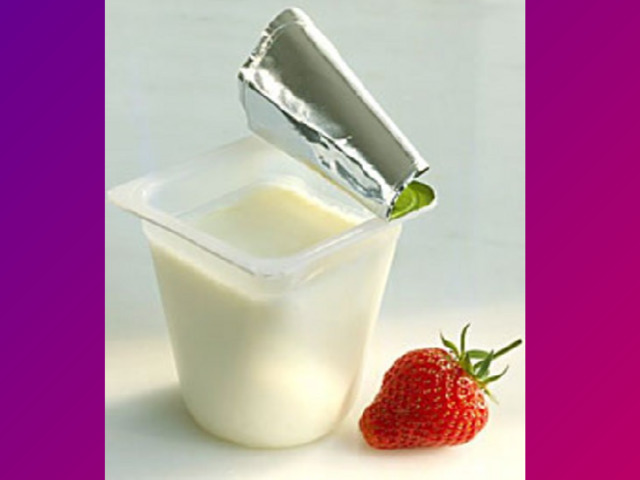


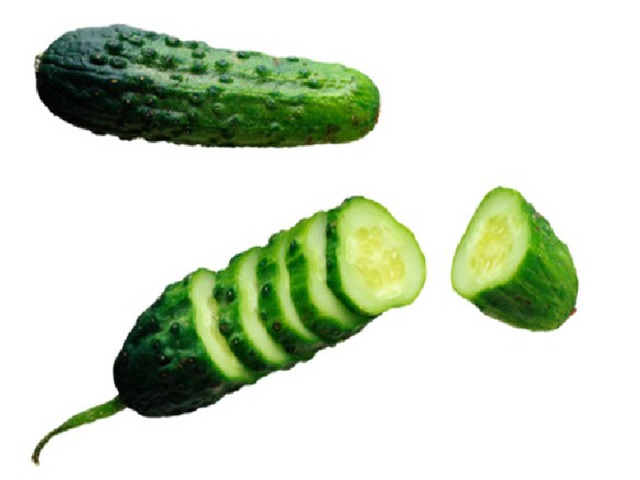
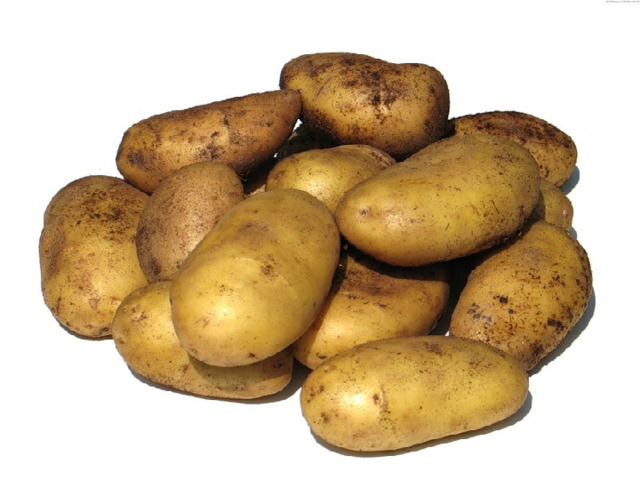
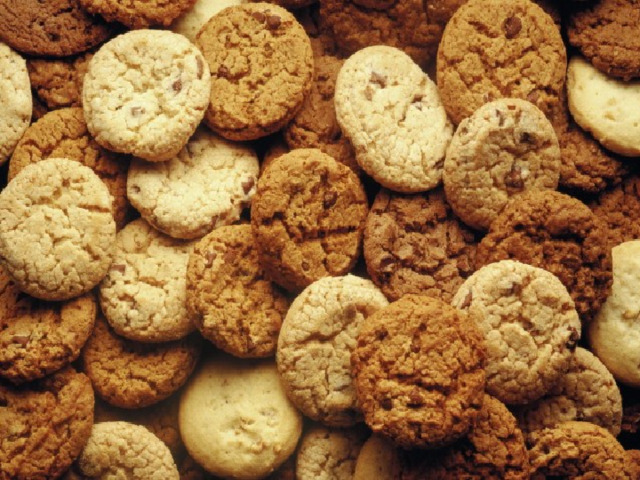

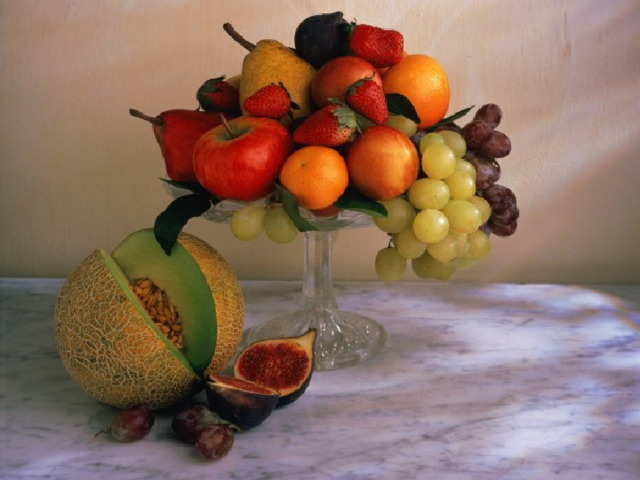
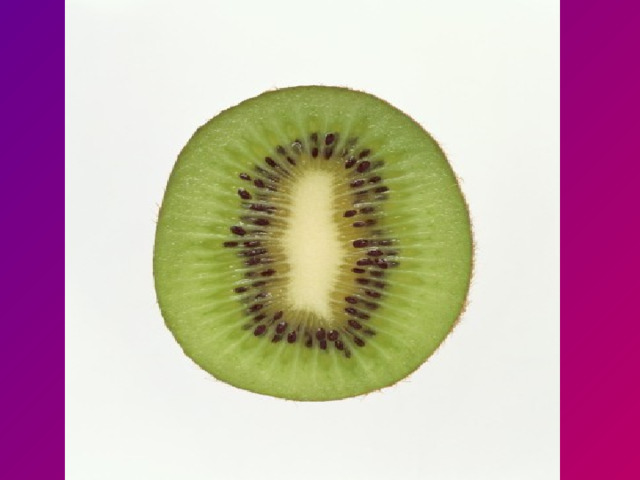
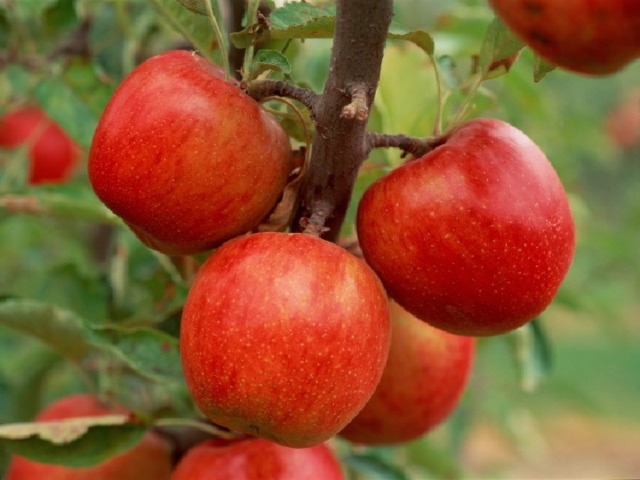
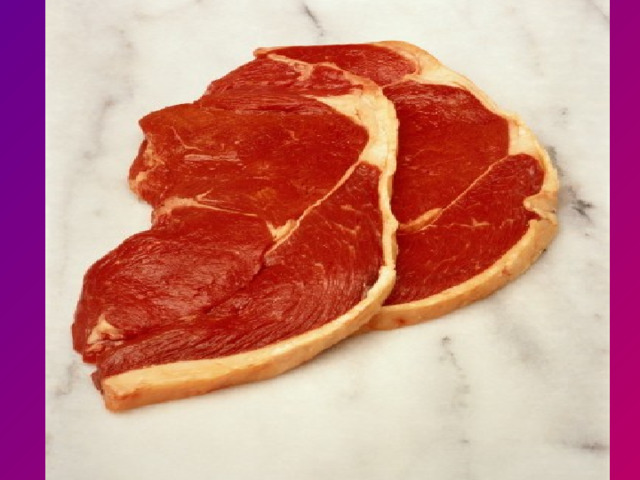
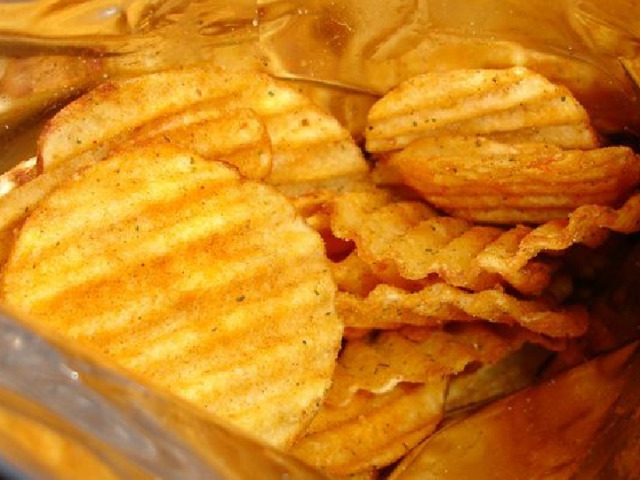
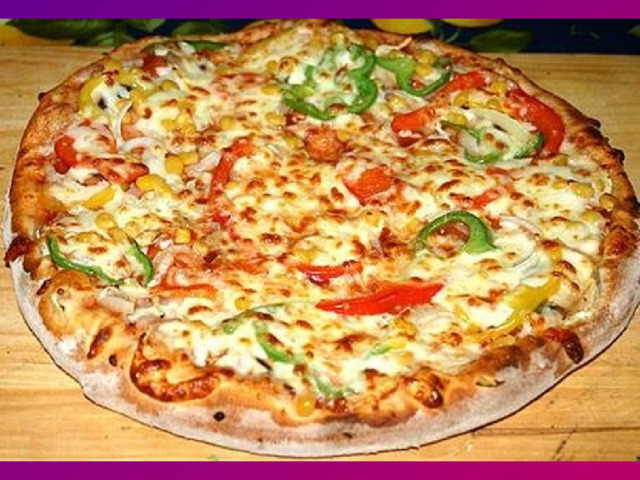
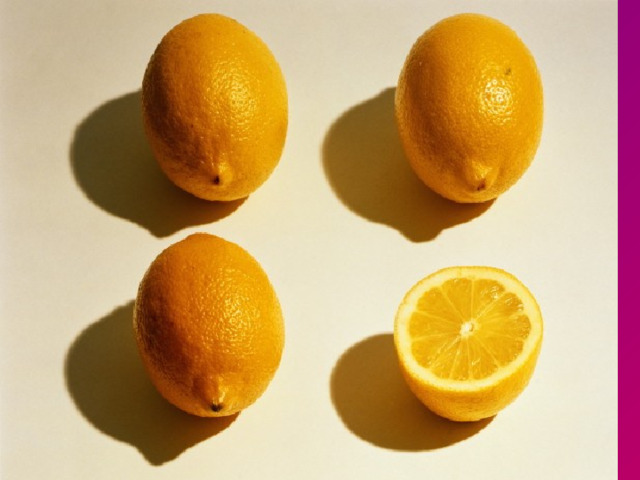


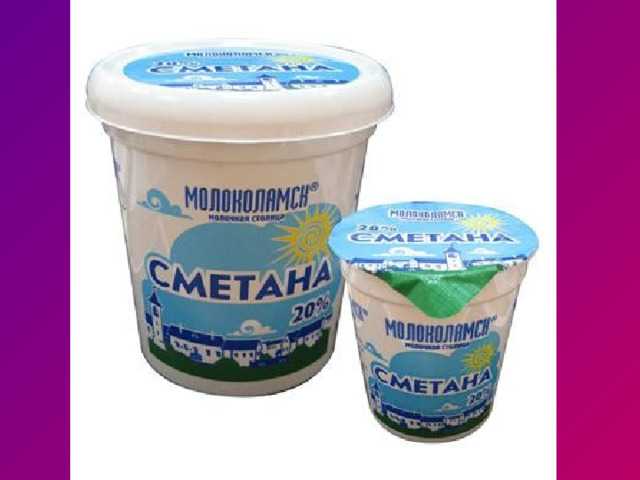
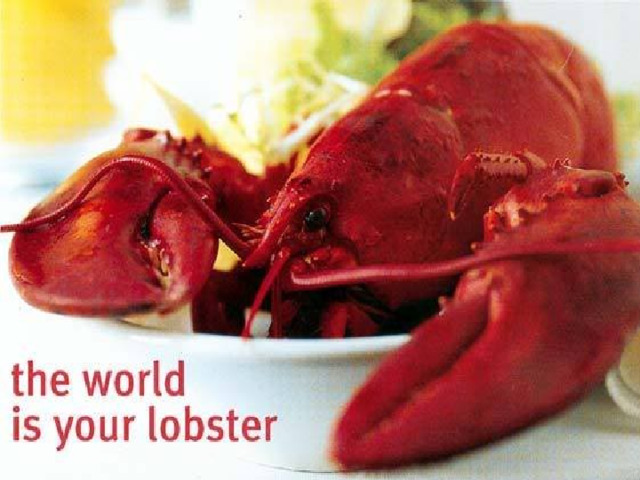
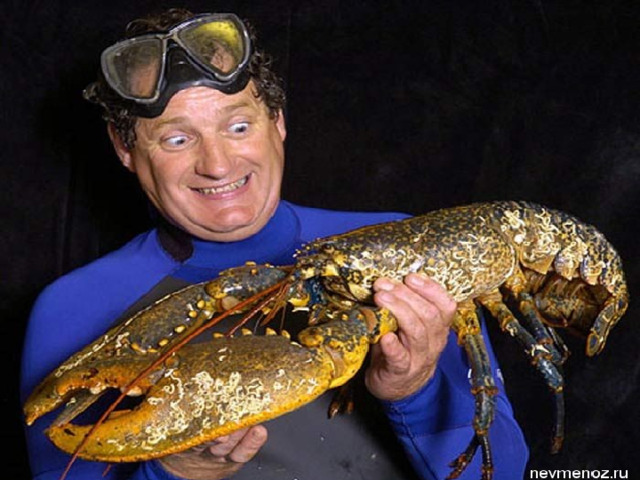
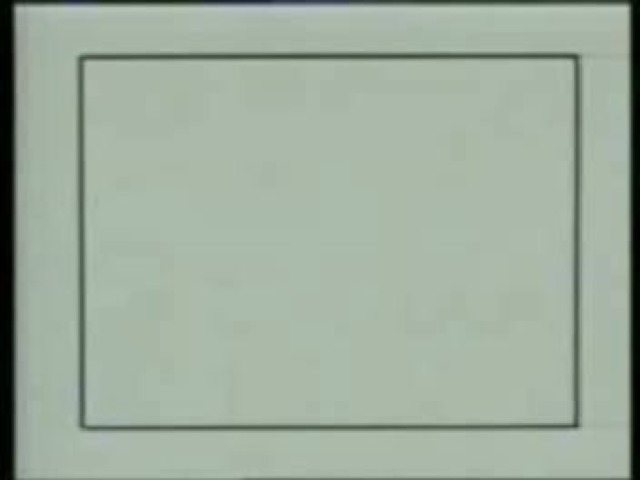
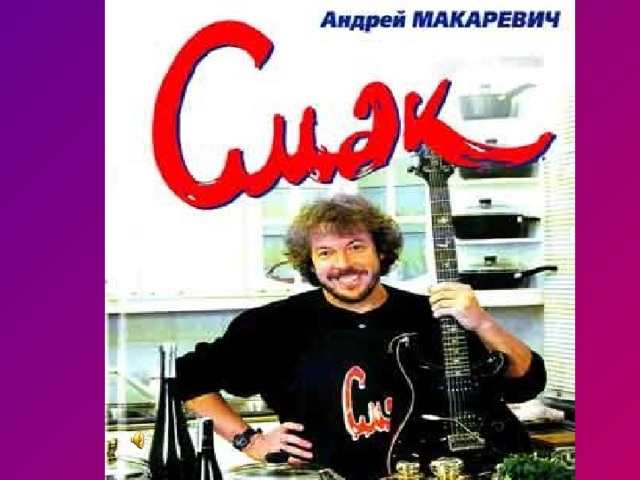
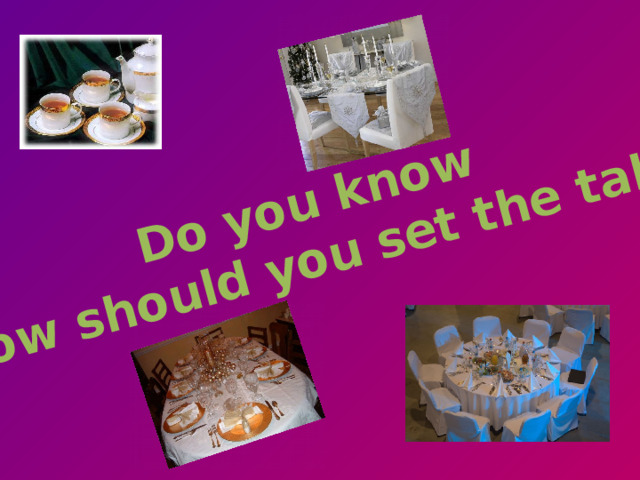
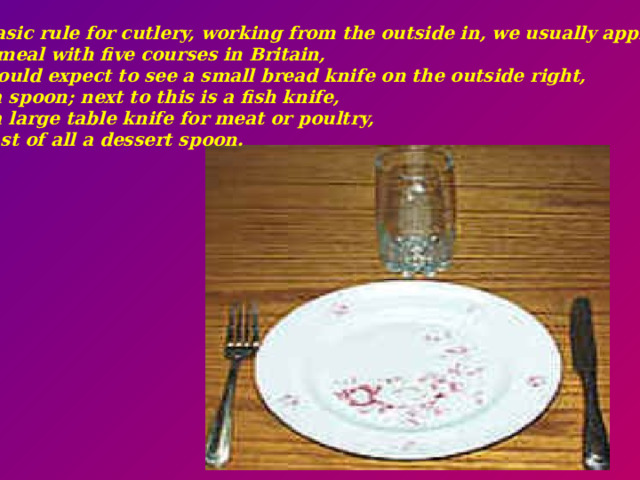

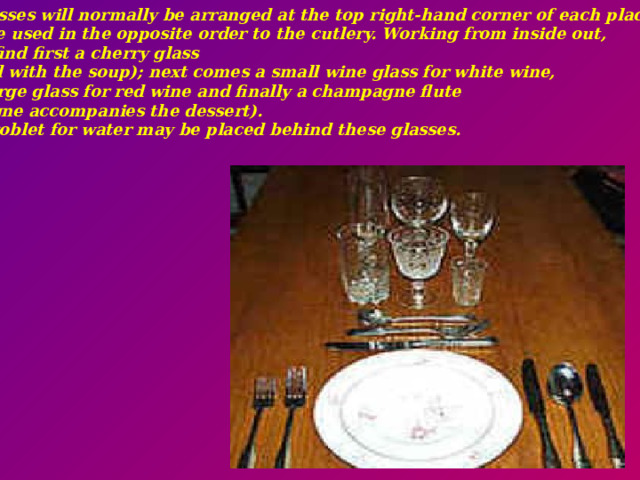

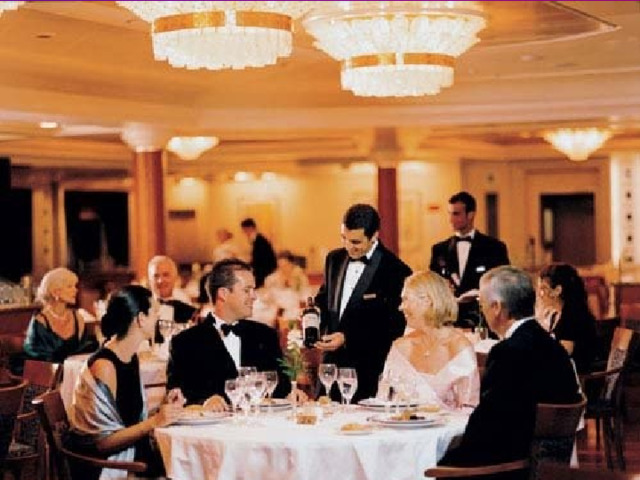
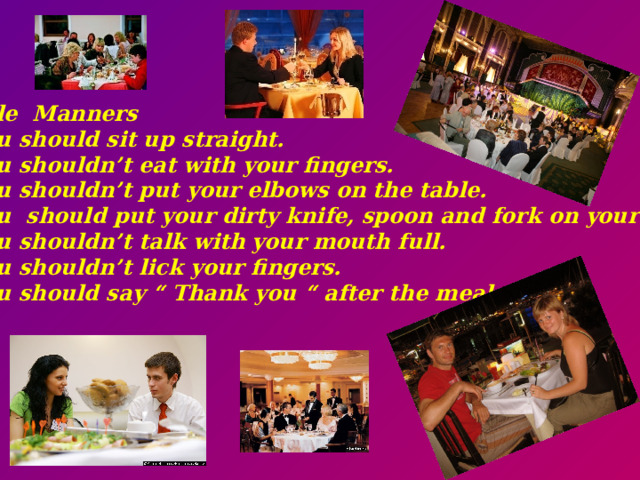

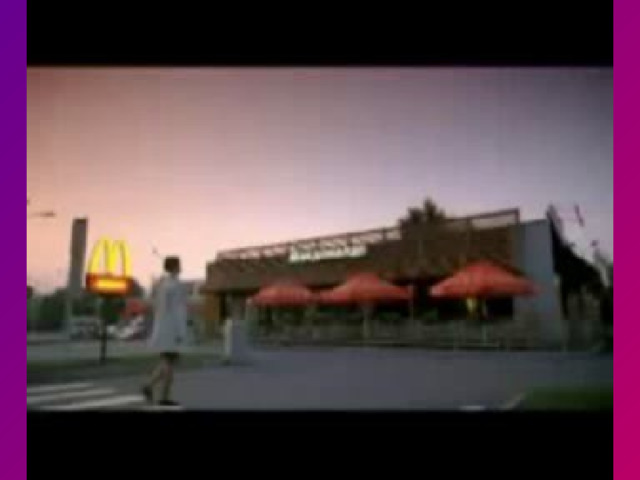
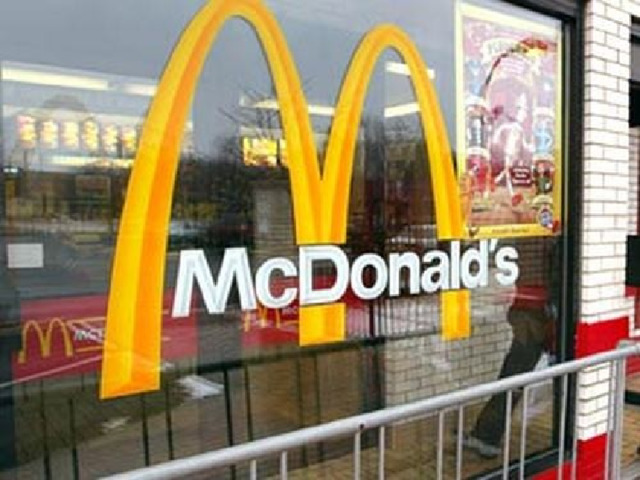
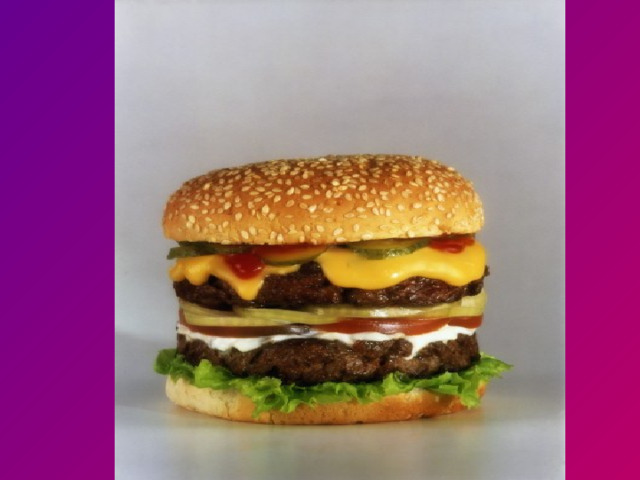
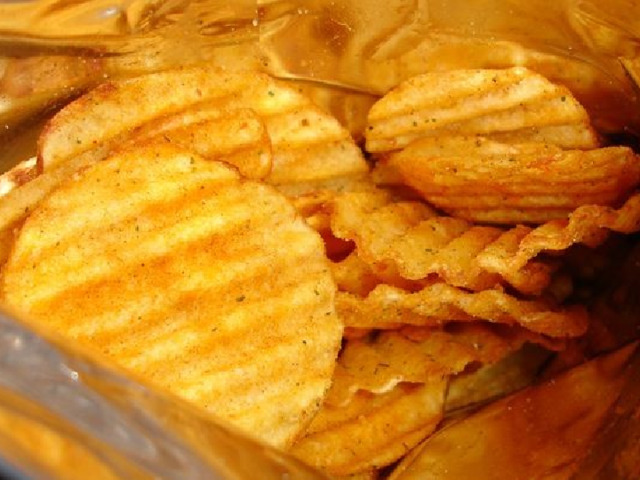
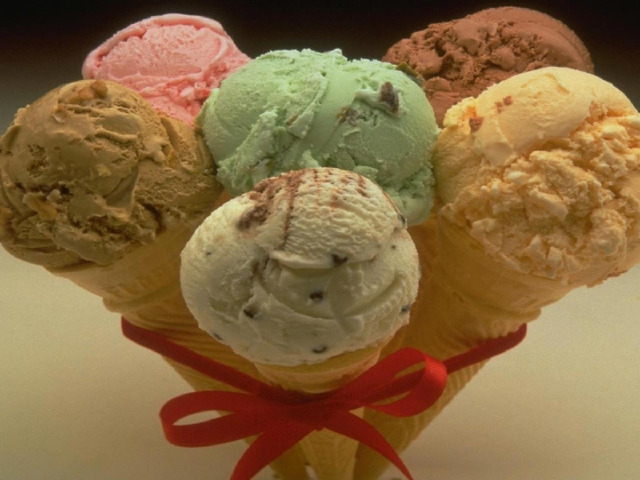
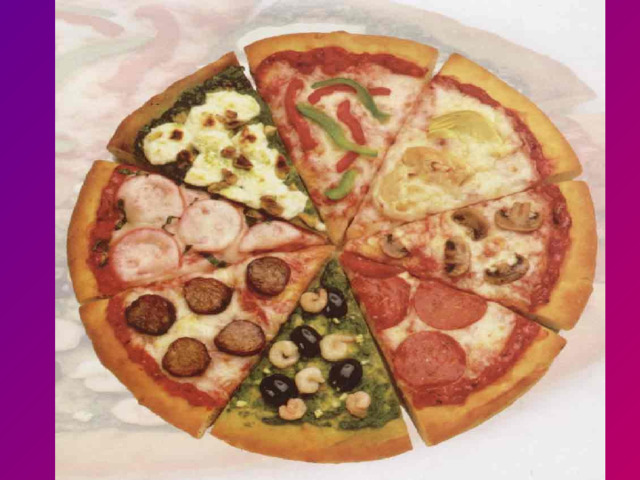


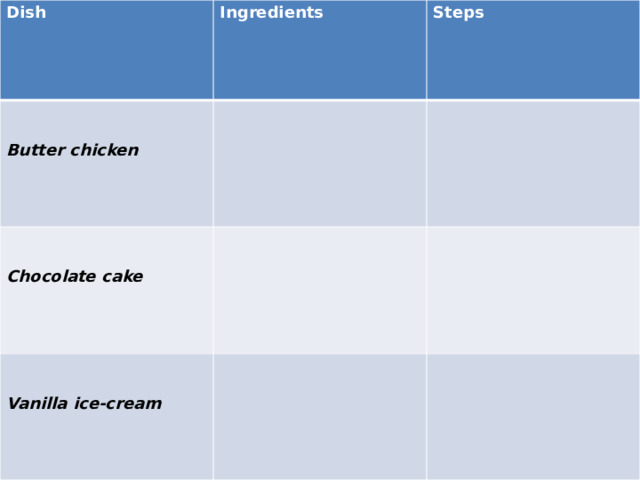



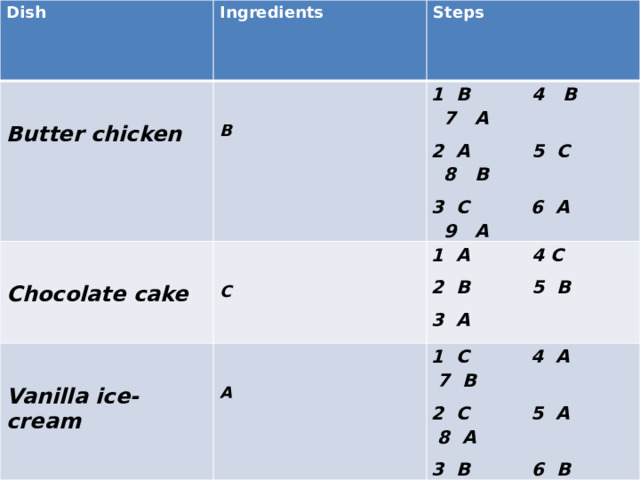
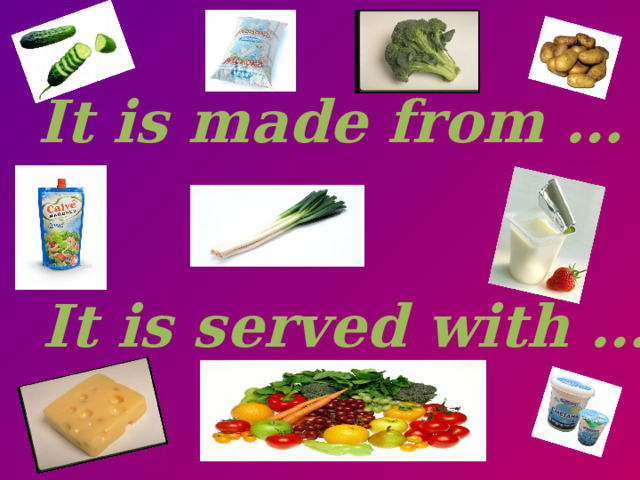










 Методическая разработка урока английского языка по теме "All about food" (4.9 MB)
Методическая разработка урока английского языка по теме "All about food" (4.9 MB)
 0
0 174
174 1
1 Нравится
0
Нравится
0


